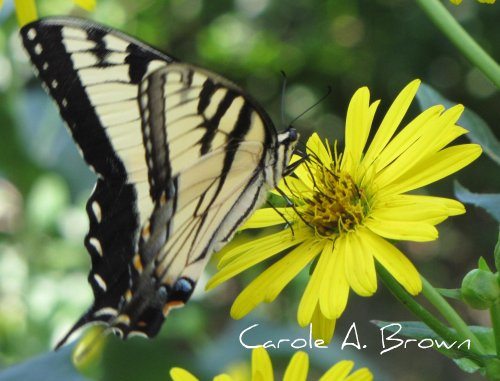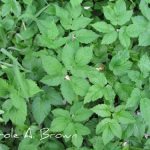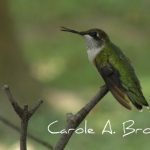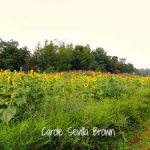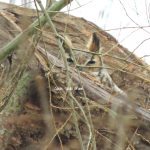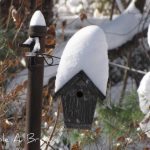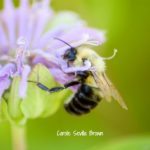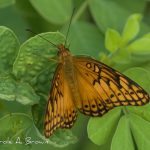Ecosystem Gardening is about giving a little back to wildlife because we have been so successful in taking away the things that they need.
It’s a way of gardening sustainably, conserving natural resources, and creating welcoming habitats for wildlife in our gardens so that we will attract more birds, butterflies, pollinators, bats, and other wildlife. We can learn to reconcile our land use to support the needs of wildlife.
Habitat loss, fragmentation, and degradation due to human activity are the primary reasons for the decline of so many species of wildlife.
If our activities can be harmful, they can also be helpful if we so choose. I have been saying for years that if every one of us did just one thing to benefit wildlife in our gardens, the results could be amazing.
We can learn to share our lives and property with wildlife by giving back a little bit of habitat. The effect of human alteration of the land has touched every place on earth, no matter how far from human settlement they may be.
Therefore, it is in our hands to make some choices that will, in part, reverse this trend.
Our role as property owners is first to take a gardeners version of the Hippocratic Oath: FIRST, DO NO HARM.
We can learn to share our environments with the wildlife around us. We can give back some habitat within the confines of our own properties. With so much of our land given over to human development, consumption, and recreation, gardeners must devise ways of working with this fact to attain the goal of preserving species diversity.
Reconciliation Ecology in the Wildlife Garden
Michael Rosenzweig, in Win-Win Ecology, calls this process reconciliation ecology, which he defines as “the science of inventing, establishing, and maintaining new habitats to conserve species diversity in places where people live, work, or play.”
According to Rosenzweig, we can learn to adapt our use of the land around us so that other species can share this land with us. This requires a mental shift in our approach to land use: every lawn need not look like a golf course, every park need not look like a savannah, nor every schoolyard a desert.
To practice reconciliation we will need to learn what elements of habitat are necessary for other species and then incorporate these elements into the design of our wildlife gardens.
You may be thinking “I only have a small property, how can that possible make a difference?” Remember that the conditions that make a good preserve are that large preserves that were connected by many small patches were better. Your wildlife garden can be one of those patches, available as a stepping stone for species to travel between larger patches.
Also in a good preserve “bigger is better;” imagine the impact if you and all of your neighbors banded together to create an even larger patch. When neighborhoods become involved in their town’s decisions regarding land use and development, even larger patches can be preserved or created.
And so it goes on as more and more people come together with a common goal in mind. But for now, we start with our own wildlife gardens.
More From Ecosystem Gardening:
Submit your review | |

